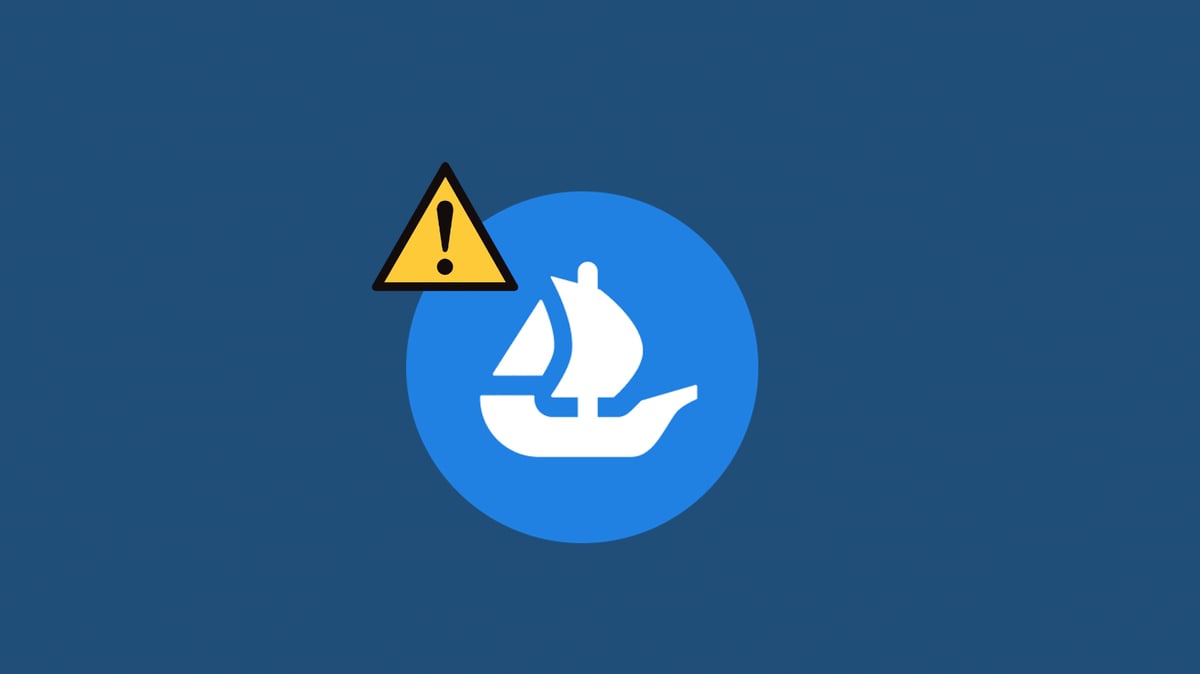Imagine for a second you’re an artist who has dedicated countless hours to your work, creating something you’re proud of and perhaps even reflects a part of you. Then, you find out someone on the internet anonymously is selling your work back to you as an NFT. While this is nothing new, the NFT marketplace Opensea has confirmed that the floodgates have been opened for all the theft and fraud you can imagine.
According to the company, nearly all of the NFTs created for free on its platform are either spam or plagiarised. OpenSea offers tools that allow its users to skip paying a blockchain gas fee on its site, helping you begin your digital art empire for free. This is commonly referred to as “lazy minting” and – as a consequence of all of the fraud and theft on the site – OpenSea has announced it’ll limit the number of times you can mint an NFT for free on the platform to just 50.
This move led to many projects complaining about the sudden roadblock. Shortly after, OpenSea announced it would reverse course and remove the NFT limit, while providing some reasoning for the limit in the first place.
RELATED: The World’s First NFT Restaurant Is Here (Without A Cartoon Ape In Sight)
“Every decision we make, we make with our creators in mind. We originally built our shared storefront contract to make it easy for creators to onboard into the space,” OpenSea stated in a Twitter thread.
“However, we’ve recently seen misuse of this feature increase exponentially. Over 80% of the items created with this tool were plagiarized works, fake collections, and spam.”
“In addition to reversing the decision, we’re working through a number of solutions to ensure we support our creators while deterring bad actors,” OpenSea added before also announcing it would consult users on future decisions before implementing them.
So OpenSea has found itself in a bit of a bind. On the one hand, it wants to maintain the integrity of the art created by non-crypto people. On the other, it wants to steer clear of outrage from its own users. Like their name might suggest, they’re now in an open sea of copyright and confusion that comes with the NFT market, which we likely haven’t even heard the start of.














